Tactical Urbanism : An adaptive tool for safe distancing
by e -
When was the last time you walked through the market without being conscious about other people walking close to you or the last time you took a stroll to a neighbourhood park without thinking about the hygiene around? When was the last time you thought of going for a walk without worrying about being asked to maintain apt social distance from your family members?
Earlier this year, the COVID-19-induced pandemic brought the world to a standstill. We have since come a long way from being locked inside our houses, to slowly getting used to the new normal while working towards changing how we engage with spaces and people outdoors.
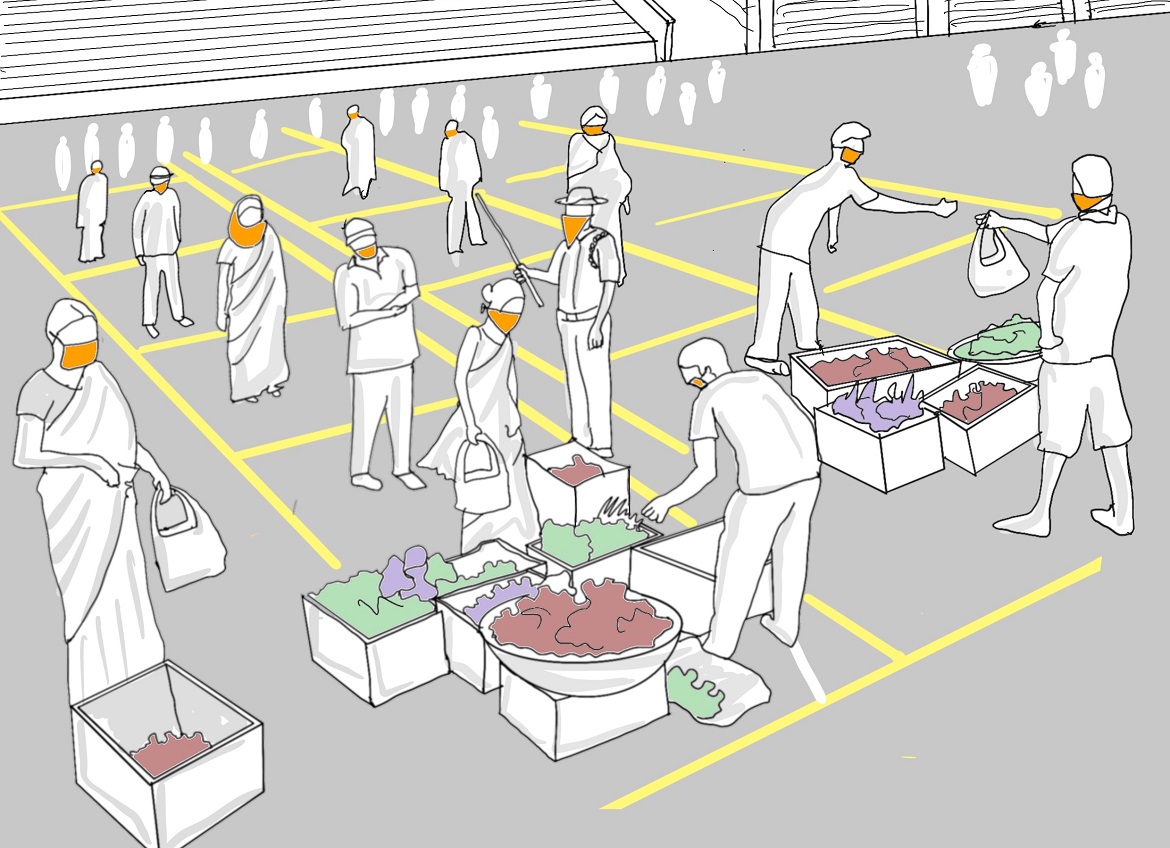
During the beginning of the pandemic, public spaces and streets were officially declared as “risk zones”, as these spaces were social and economic engagement hubs. Eventually, streets and public spaces were reclaimed by people as emergency life lines of the city. Streets helped channelize movement of emergency vehicles and other essential services, the maidans (city open grounds) and neighbourhood opens spaces served as hubs of pandemic operations like food distribution, medical centres, temporary makeshift markets and other needs.
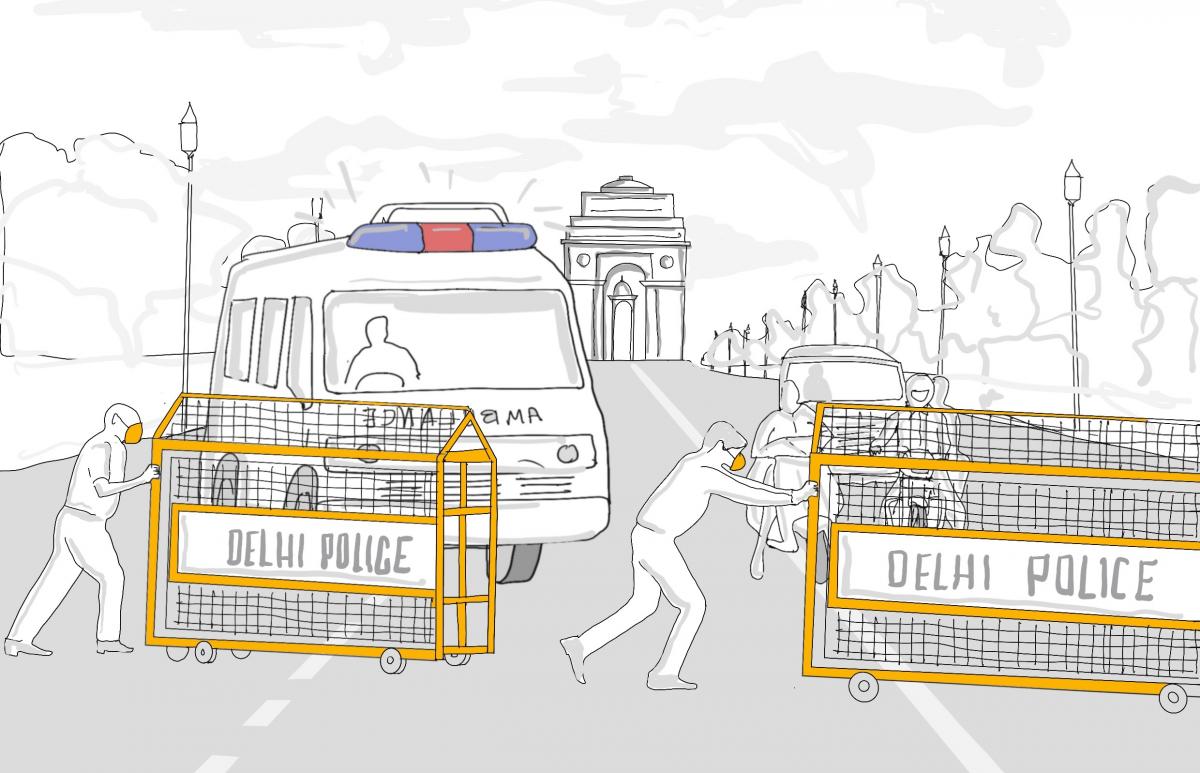
As we come to terms with ensuing lockdowns and a slowly evolving new normal, it is imperative to rethink how our streets and open spaces, that underwent a conversion into emergency spaces, remain flexible while offering safe distancing to users. Tactical Urbanism is one such jugaad (innovative process) to achieve this in a systematic and cost-effective way. Commonly known as guerrilla or pop-up urbanism, it includes low-cost, temporary changes to the built environment, enhance neighbourhoods and uplift public spaces. These temporary changes can eventually be tweaked through user feedback and be made permanent.
Here are some key considerations that make tactical urbanism a unique starting point for application of safe distancing measures:
1. Cost-effective and time-friendly solution: Across the world, the pandemic lead to implementation of unplanned but urgent measures in cities. These were quick and minimal interventions that did not call for long-term strategies for suitable solutions. Through Tactical Urbanism low-cost quick fix solutions can be applied to resolve ground issues such as following safe distancing in public spaces, regulating traffic flow through junction improvements, reclaiming spaces for community purposes, etc. As a concept, it encourages community participation in implementation, creates recycling opportunities and repurposing existing infrastructure to create a new identity while ensuring user feedback. Thus, generating low-cost interventions and reducing the risk of project failure, especially if the project is for the short -term.
2. From pop-up to permanent: The ongoing pandemic has presented a demand for immediate funding before the authorities. In such cases, while it becomes crucial to address the present, it is equally critical to consider future implications. Tactical urbanism, then acts as a bridge between conceptualizing and implementing projects, by testing solutions on ground. This not only helps validate large scale investments for permanent implementation but also helps build awareness about the outcomes.
In the past cities like New York, Miami, Addis Ababa, etc., have displayed examples of urban space transformations through tactical urbanism intervention which have become or are in the process of becoming permanent.
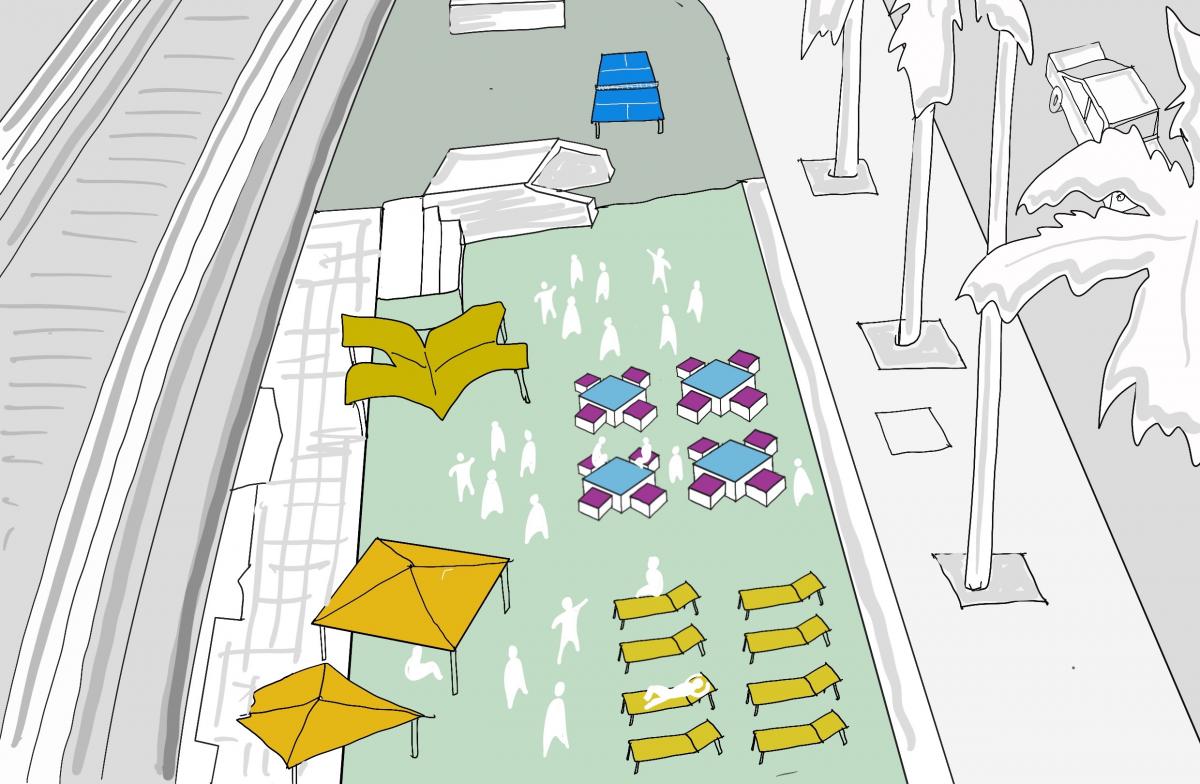
3. Small-scale but scalable interventions: The nature of Tactical Urbanism shows potential for immediate application by understanding the contextual needs of neighbourhoods, especially during emergency conditions. Once the needs are identified, solutions can be applied for the desired temporary functions and facilities like, emergency medical and food supply caps, temporary market spaces, etc. This process can then be applied to any other area or neighbourhood in the city.
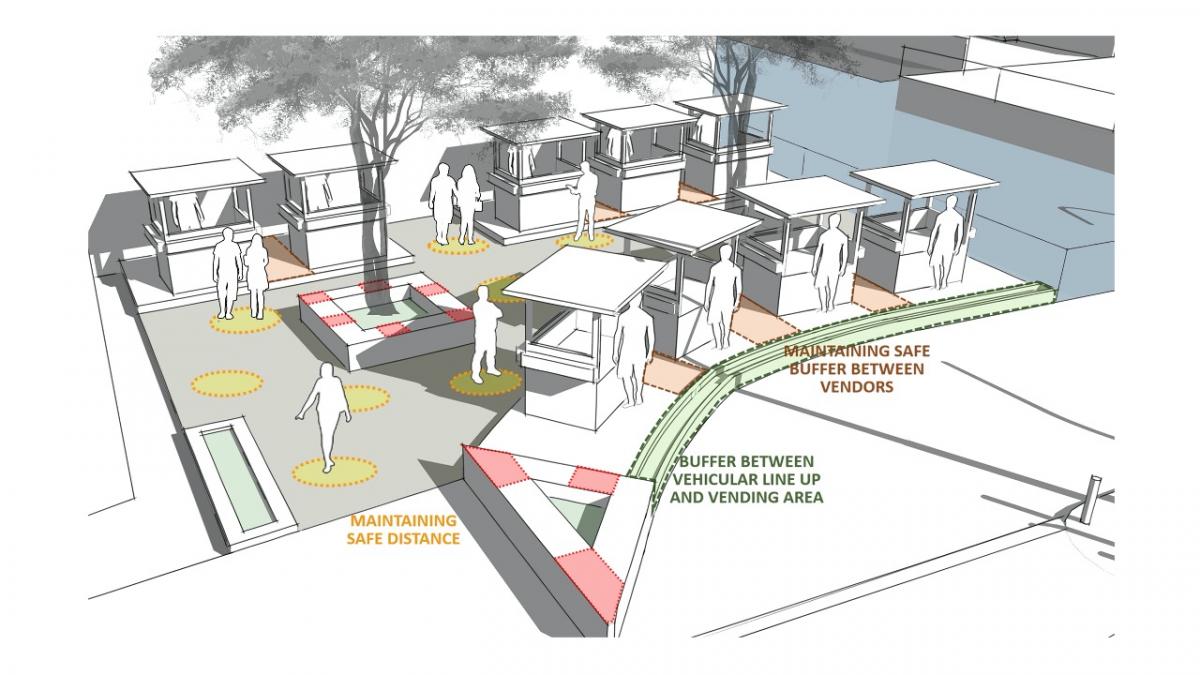
4. City Collaborations: While governments assign their best staff and resources to find solutions during challenging times, individual organizations and local help groups continue innovating to tackle immediate on-ground problems. Bengaluru’s recent relief riders initiative of supplying basic necessities to senior citizens during the lockdown is an interesting case in point. It demonstrates a quick fix on ground solution for an ongoing problem. Tactical urbanism, hence, presents a unique opportunity to bring a coherence between public agencies and communities, and arrive at more need-based solutions. Mandating stakeholder consultations (in person/virtual) to seek user inputs while assigning community marshals to monitor neighbourhood needs and share them with the government can help build micro-ecosystems in the city.
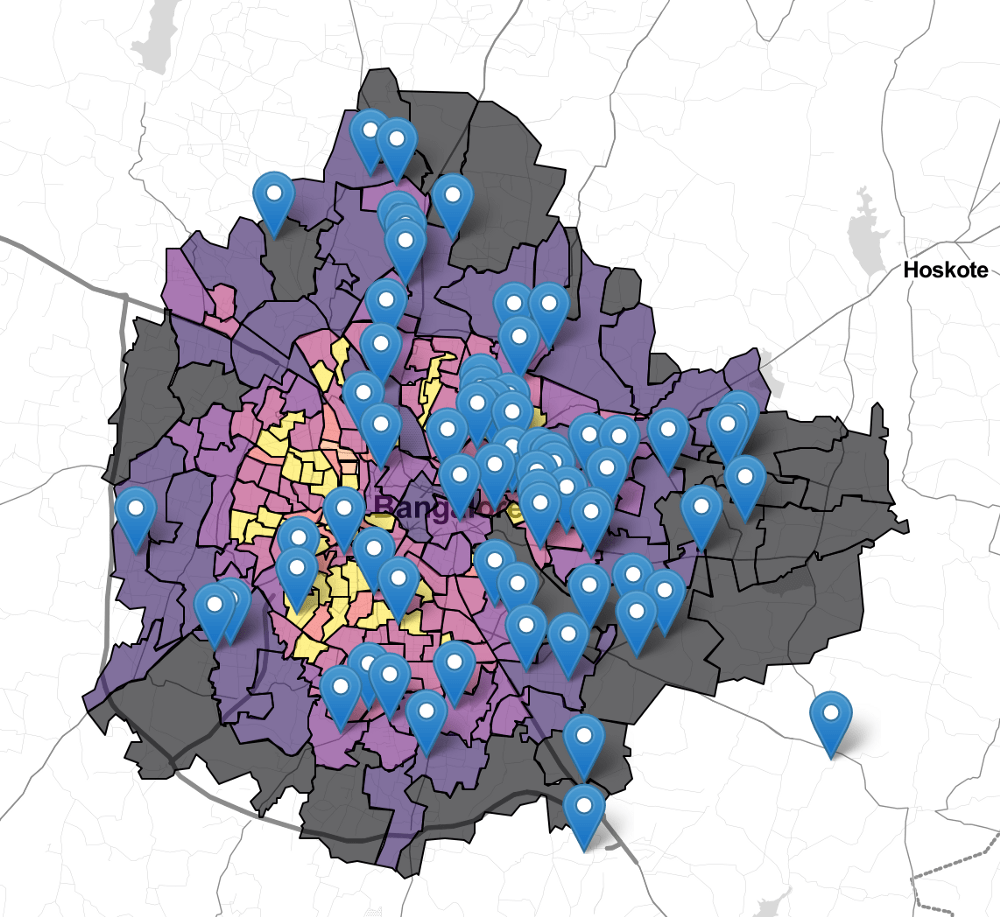
5. Deciphering priorities and build consensus: The temporary shutting down of mass transit systems and limited use of private vehicles during the lockdown saw governments encourage citizens to switch to walking and cycling as primary mode of commute. Cities like Bogota and Paris created temporary cycle tracks as means to facilitate safe distancing. Their increased usage and changing behavioural patterns of citizens eventually led these cities to take the plunge of creating permanent cycle tracks for a sustainable future. This is demonstrative of the strength of tactical approach as steering decision making through a people lead approach, and foster tangible urban change. Besides, the flexibility to experiment before permanent implementation helps cities voice their acceptance, in turn, informing public agencies about the needs and priorities of the city.
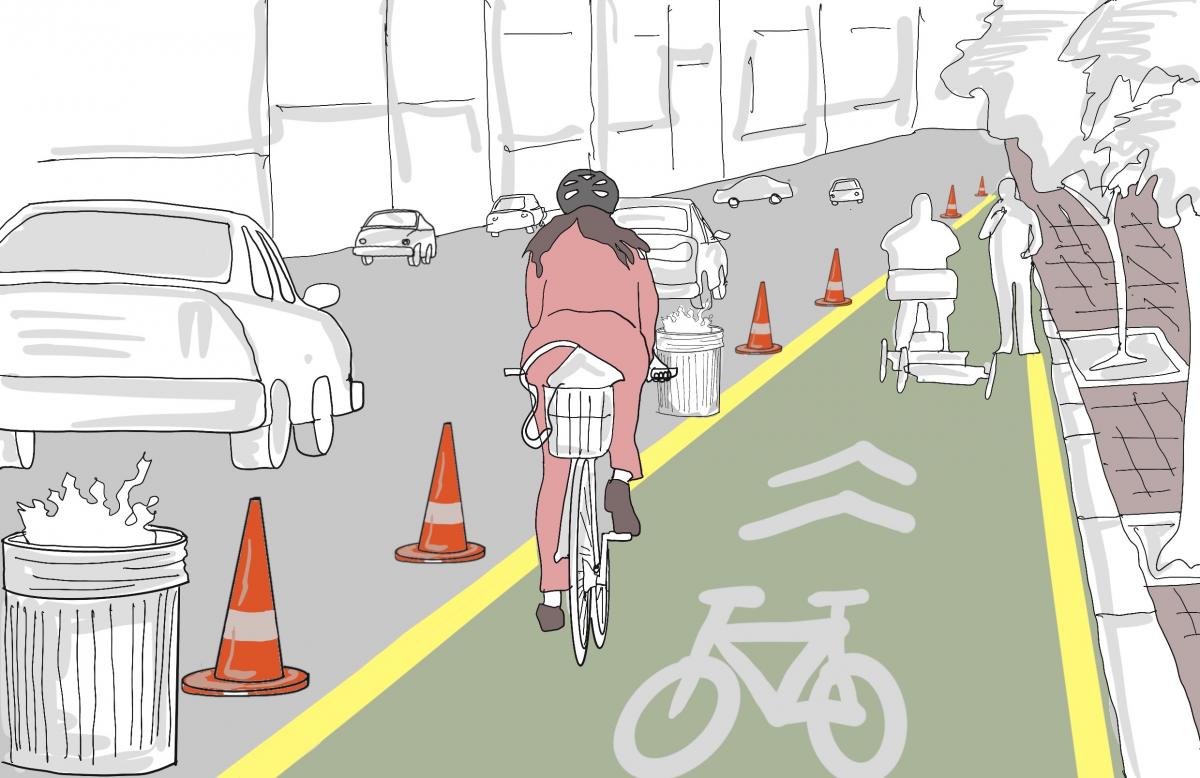
6. Awareness tool: Addressing issues on-ground through Tactical Urbanism helps attain public awareness at two levels. First, physical planning through temporary, small-scale changes helps demonstrate the extent of physical segregation required in public spaces. Second, this kind of space reorganization nudges people to observe the imposed norm while building awareness not just due to user experience but also by the word of mouth.
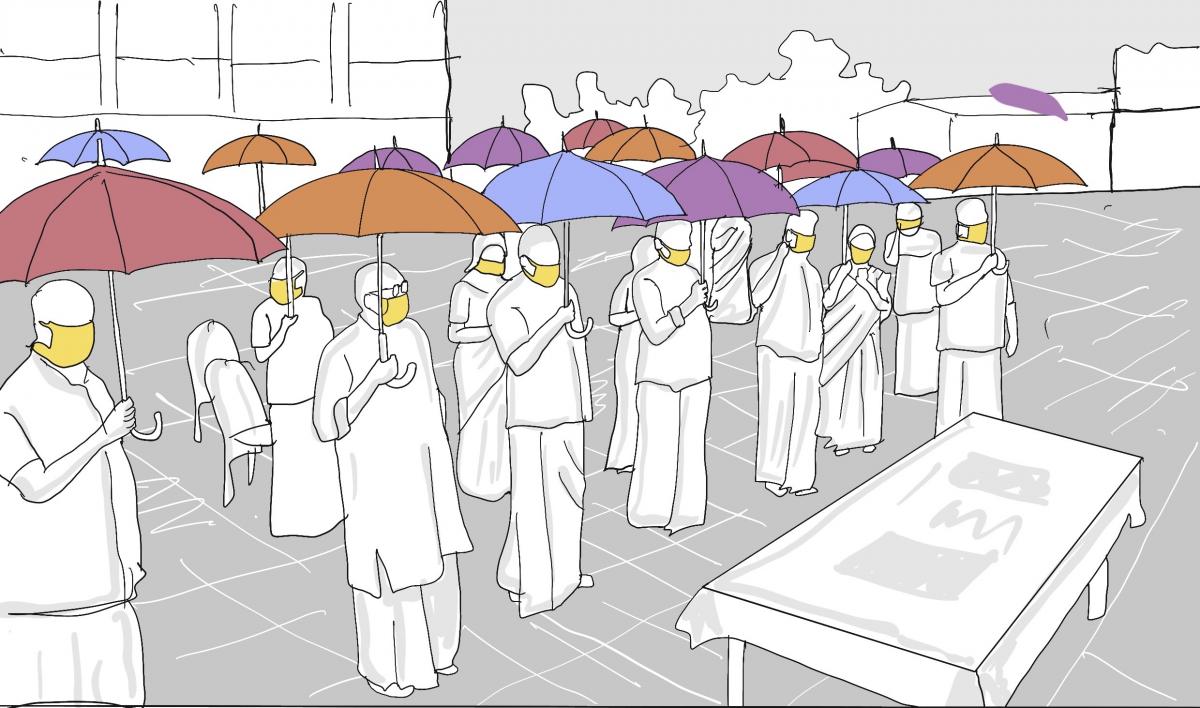
These systematic small-scale creative efforts are not only useful for emergency situations but also inform implementation agencies about future adoption of applied solutions. Moreover, such solution testing using low-cost changes helps achieve positive project outcomes without incurring large losses to capital budgets. Hence, it is imperative to acknowledge the potential of this tool, especially for restructuring budget allocations that can facilitate and scaleup application while exploring the option to evolve hybrid model for city improvements.


